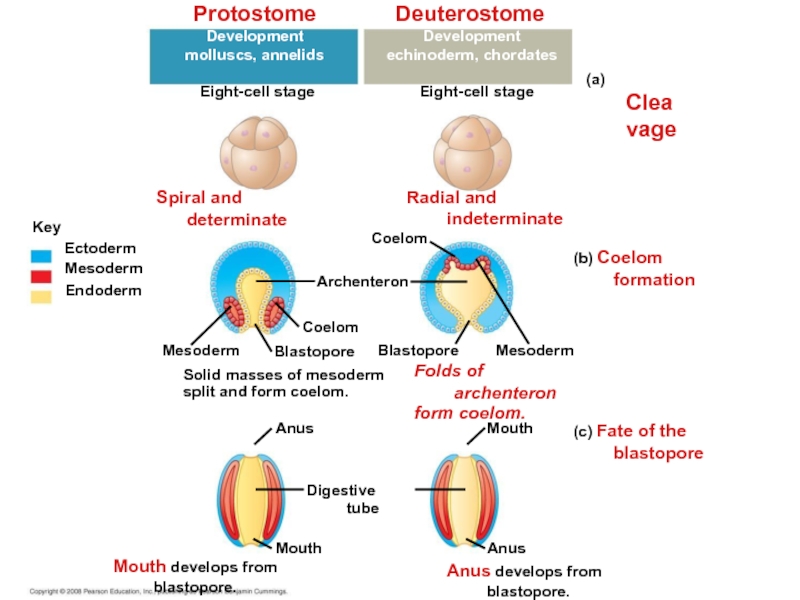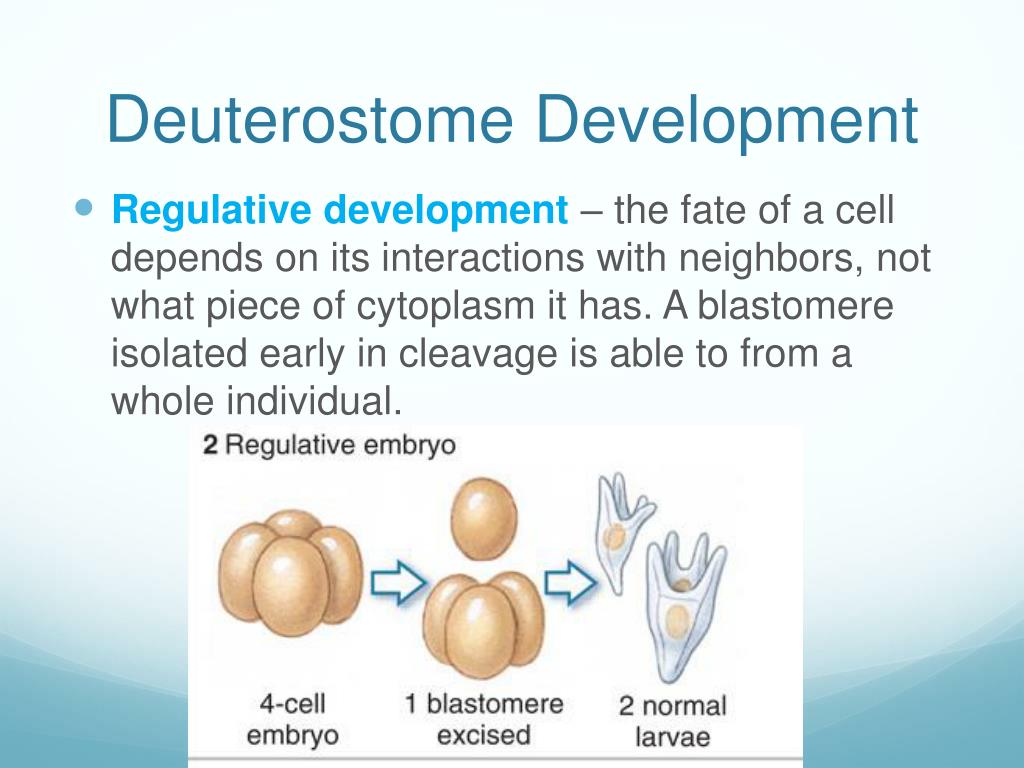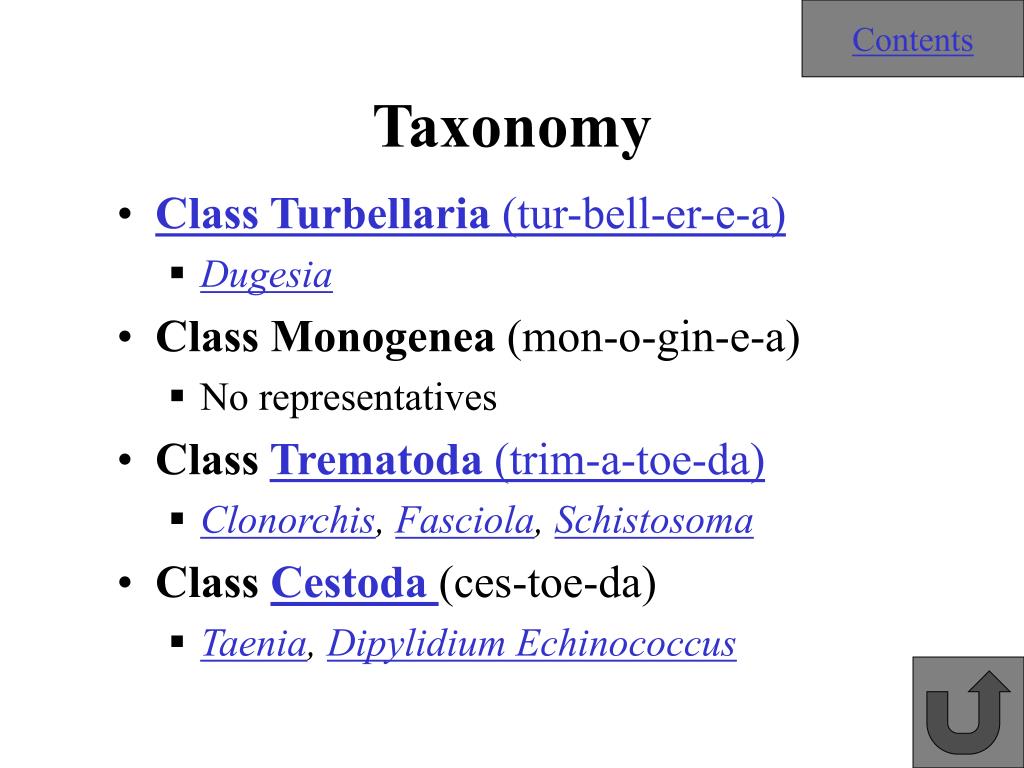

The protostomes and deuterostomes are distinguished by the fact that they have bilateral symmetry. Similarities of protostomes and deuterostomes: In protostomes, on the other hand, the mouth is formed from the blastopore. A mouth forms when the blastopore transforms into an anus, and another cavity on the opposite side forms when a deuterostome transforms into an anus. The gut forms the mouth by tunneling into the embryo and sucking up nutrients.Īn anal opening forma at first in deuterostomes.Īs a result, the difference between protostomes and deuterostomes can be distinguished by the position of their organs in their bodies. The gut creates the anus by tunnelling its way into the developing embryo. It is made up of a nerve cord that is hollow. It has a cleavage pattern that is indeterminate.Įssentially, it is made up of a solid ventral cord. The blastopores in deuterostomes develop into an anal opening as they grow older. Hemichordata: Hemichordata is a marine species that can be classified as a sister organism to echinoderms, which are a type of sea slug.Examples are Graptolithina, Acorn worm, Pterobranchia, and so on.ĭifference between Protostomes and Deuterostomes:Įventually, the blastopore develops into a mouth in protostomes.

Vertebrata: It is composed of all animals that are classified as belonging to the subphylum vertebrates.Humans, birds, amphibians, fish, and other animals are examples.Urochordata: They are also known as Tunicata, and they are sea animals.Examples are sea squirts, Thaliacea, Ascidians, Larvacea, and so on.
 Cephalochordata: They are small marine organisms with segmented bodies that are found in the ocean.Example is lancelets. Chordates: Both terrestrial and marine animals are included in this grouping.Example: frog, tiger, bat, turtle, snake, jawless fish, and so on. The adult echinoderms are recognisable by the radial symmetry.Example: Sea cucumbers, Starfish, Sand dollars, Sea lilies, etc. Echinodermata: It is exclusively identified as marine animals. The following clades of deuterostomes animals can be distinguished based on their structural similarities: In addition, after the formation of the anus, the mouth of the organism in question is formed on the other side of the anus. In this group of animals, the initial cavity created by the blastopore develops into the anus of the organism, which is the final stage of development. While the blastula is forming as a result of the cleavage of the embryo, the cell division process is taking place in the radial direction. Deuterostomesĭeuterostomes go through a process known as radial cleavage during their development. In this way, the conversion of the blastopore into the mouth or anus distinguishes protostomes from deuterostomes animals at their most fundamental level of differentiation. Octopuses, squid, snails, centipedes, millipedes, spiders, butterflies, ants, bees, earthworms, clams, oysters, and other protostomes are examples of animals that are classified as protostomes. These animals have a determined and spiral cleavage, and their coelom is formed as a result of the dividing of the mesoderm. Protostomes are lower invertebrate species in which the formation of the mouth occurs prior to the formation of the anus during embryonic development, as opposed to anus-forming species. Depending on the species, the opening can be either the mouth, as in the case of protostomes, or anus, as in the case of deuterostomes. One of the most noticeable differences between the two types of development is the development of the blastopore, which is the first opening of the animal’s embryo and is one of the most visible differences. In biology, embryonic development is divided into two types based on the complexity of the animals and can be referred to as deuterostomes and protostomes, depending on the species.
Cephalochordata: They are small marine organisms with segmented bodies that are found in the ocean.Example is lancelets. Chordates: Both terrestrial and marine animals are included in this grouping.Example: frog, tiger, bat, turtle, snake, jawless fish, and so on. The adult echinoderms are recognisable by the radial symmetry.Example: Sea cucumbers, Starfish, Sand dollars, Sea lilies, etc. Echinodermata: It is exclusively identified as marine animals. The following clades of deuterostomes animals can be distinguished based on their structural similarities: In addition, after the formation of the anus, the mouth of the organism in question is formed on the other side of the anus. In this group of animals, the initial cavity created by the blastopore develops into the anus of the organism, which is the final stage of development. While the blastula is forming as a result of the cleavage of the embryo, the cell division process is taking place in the radial direction. Deuterostomesĭeuterostomes go through a process known as radial cleavage during their development. In this way, the conversion of the blastopore into the mouth or anus distinguishes protostomes from deuterostomes animals at their most fundamental level of differentiation. Octopuses, squid, snails, centipedes, millipedes, spiders, butterflies, ants, bees, earthworms, clams, oysters, and other protostomes are examples of animals that are classified as protostomes. These animals have a determined and spiral cleavage, and their coelom is formed as a result of the dividing of the mesoderm. Protostomes are lower invertebrate species in which the formation of the mouth occurs prior to the formation of the anus during embryonic development, as opposed to anus-forming species. Depending on the species, the opening can be either the mouth, as in the case of protostomes, or anus, as in the case of deuterostomes. One of the most noticeable differences between the two types of development is the development of the blastopore, which is the first opening of the animal’s embryo and is one of the most visible differences. In biology, embryonic development is divided into two types based on the complexity of the animals and can be referred to as deuterostomes and protostomes, depending on the species.







 0 kommentar(er)
0 kommentar(er)
